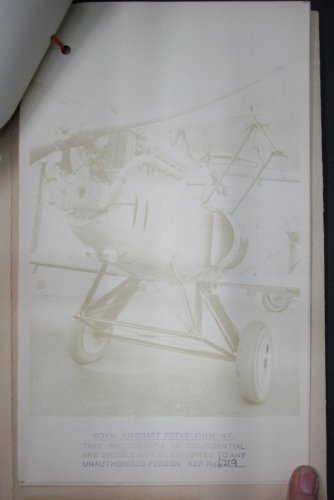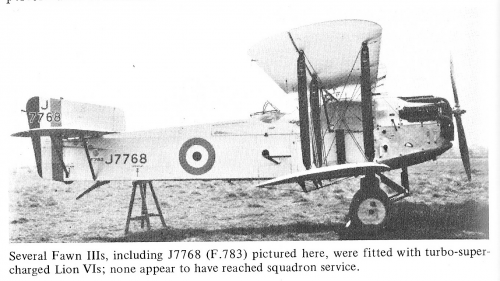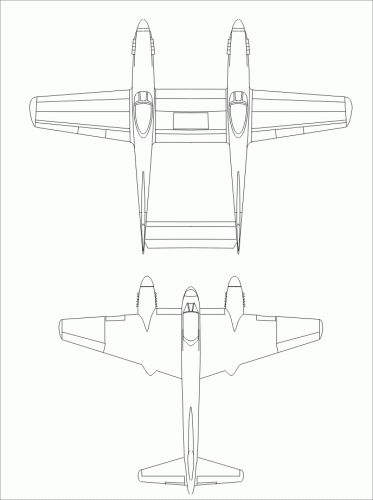As the convention was for new designs the Merlin was not subject to 'the rule'; but the Griffon I onward was; curious what happens to 'national' standards... still happens, of course.
The Twin Mustang story goes something like this
The XP-82 was to be powered by two Packard-built Rolls-Royce V-1650 Merlin engines. Initially, the left engine was a V-1650-23 with a gear reduction box to allow the left propeller to turn opposite to the right propeller, which was driven by the more conventional V-1650-25. In this arrangement both propellers would turn upward as they approached the center wing, which in theory would have allowed better single-engine control. This proved not to be the case when the aircraft refused to become airborne during its first flight attempt. After a month of work North American engineers finally discovered that rotating the propellers to meet in the center on their upward turn created sufficient drag to cancel out all lift from the center wing section, one quarter of the aircraft's total wing surface area. The engines and propellers were then exchanged, with their rotation meeting on the downward turn, and the problem was fully solved. The first XP-82 prototype (
44-83886) was completed on 25 May 1945, and made the type's first successful flight on 26 June 1945. This aircraft was accepted by the Army Air Forces on 30 August 1945, whose officials were so impressed by the aircraft, while still in development, that they ordered the first production P-82Bs in March 1945, fully three months before its first flight.... but then they decided to go to Allison for a less powerful but all-American engine. The 80-odd Merlin P-82Bs were assigned to training and for the first time the Trainee pilots found they had a trainer with more performance than the operational model!
This
ref may be of interest.








